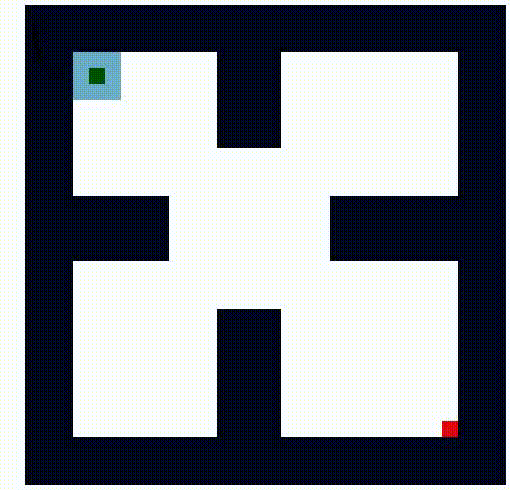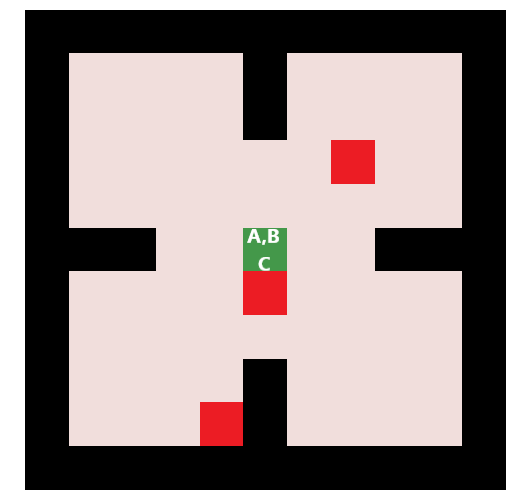Large-Scale POMDP Planning#
Current limitation#
The ability to compute reliable and robust decisions in the presence of uncertainty is essential in robotics. Specifically, an autonomous robot must decide how to act strategically to accomplish its tasks, despite being subject to various types of errors and disturbances affecting their actuators, sensors, and perception, and despite the lack of information and understanding about itself and its environment. The errors and limited information cause the effects of performing actions to be non-deterministic from the robot’s point of view and cause the robot’s state to only be partially observable, which means the robot never knows its exact state.
Many good approximate POMDP (Partially Observable Markov Decision Process) solvers have been proposed since mid 2000, allowing POMDP to generate good strategies for realistic problems. Despite these advances, solving problems with large discrete action spaces remains difficult. This project aims to reduce such difficulties. To this end, we develop an adaptive method for action selection based on quantile statistics, specifically Cross-Entropy methods for optimization.
A novel solver: QBASE#
We first propose a method, called Crossed-Entropy-based Multi Armed Bandit (CEMAB) [1], for Multi-arm bandit problem –a framework used for action selection in many good online POMDP solvers today. Numerical experiments with up to 10,000 arm indicates that CEMAB outperforms various existing MAB methods, including ε-greedy, softmax, EXP1, UCB1.
We then propose an expansion of CEMAB to approximately solve POMDP problems on-line, and call this solver Quantile-Based Action SElecter (QBASE) [2]. Experiments on multiple benchmark, multi-robot problems and partially observed inventory control problems [3] with up to 1M actions indicate that QBASE can generate good policies for problems with large discrete action space within reasonable time.


